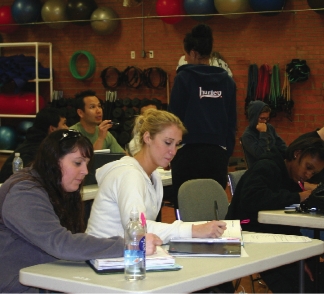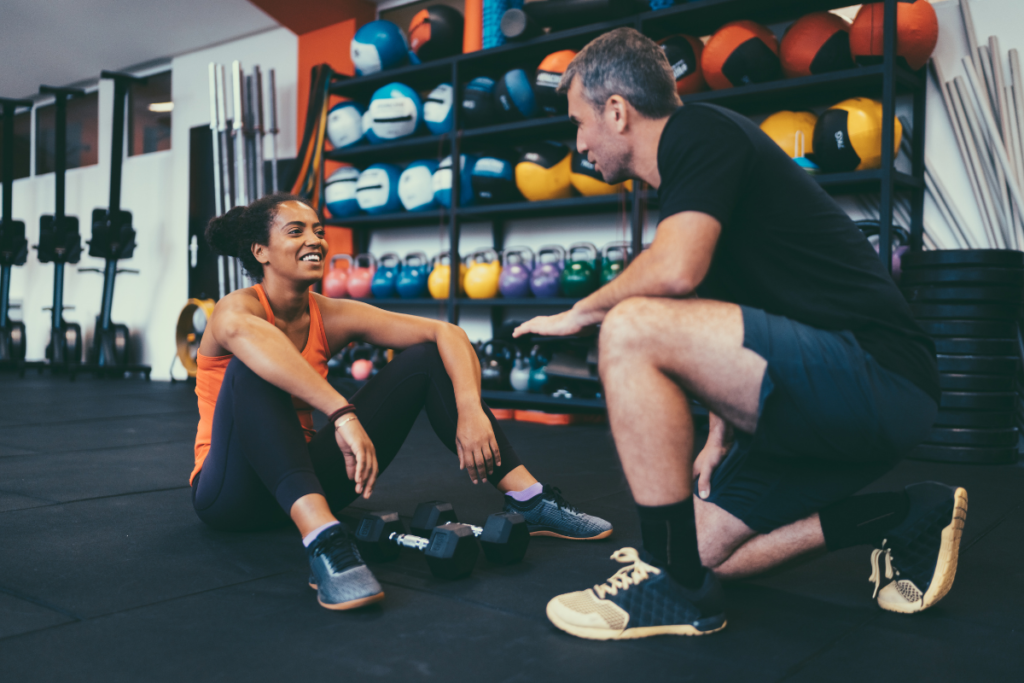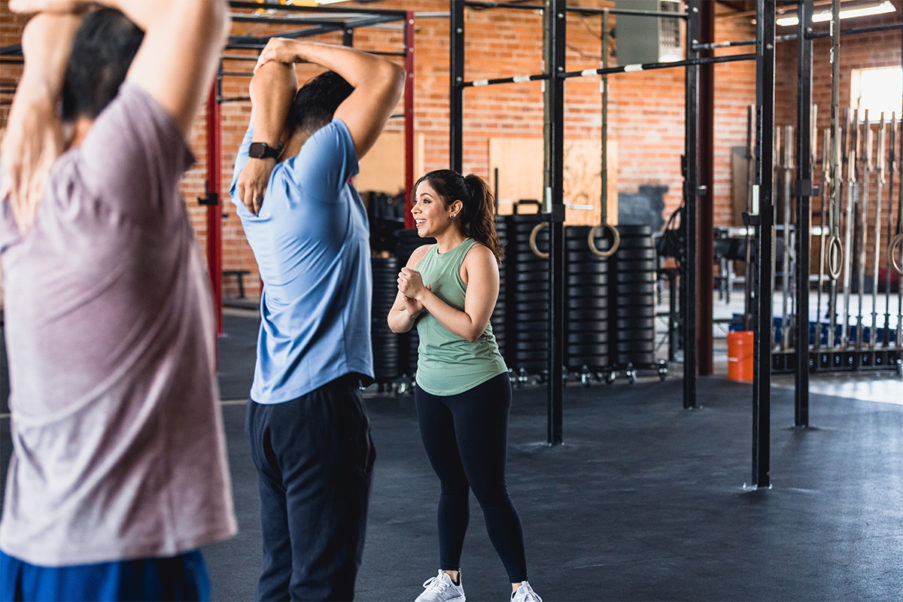Lifelong Learning
University professor Jan Schroeder, PhD, shares her school's formula for future fitness professionals' success.

The department of kinesiology at
California State University, Long Beach (CSULB), serves approximately 500
undergraduate students in eight options, 250 pre-major students and 150
graduate students in 10 options. According to its mission statement, the department’s
purpose is to “facilitate wellness among individuals through the study and
application of human movement principles across the life span, and through the
management of and participation in physical activity, exercise and sport.”
Jan Schroeder is an associate professor of fitness at CSULB,
where she has been involved with the fitness option in kinesiology since 1999.
Schroeder has seen significant changes in the past 9 years as she has helped
guide the next generation of fitness professionals. “When I was hired, my main
duty besides teaching was to update the fitness option undergraduate degree
program,” Schroeder says. “I moved the degree from a bachelor of arts to a
bachelor of science program. I added 10 new classes that capture the
fundamental nature of the fitness industry, and I deleted courses that did not
complement the new program of study. [Our fitness option] has gone from 12
students to more than 120 students!”
What are the main highlights of the curriculum? How do
they prepare students for a career in the fitness industry?
Our program is
unique in that we cover all aspects of fitness. Many universities—CSULB
included—have an exercise science program, which is generally geared to the
clinical realm of the industry. Our program prepares students for careers in
the fitness industry as personal trainers and/or group exercise specialists,
fitness educators and fitness club managers/owners. Our students must take
traditional exercise physiology and biomechanics classes, but they also take
courses such as theory and analysis of group exercise instruction; fitness
management; program design for individuals with unique health considerations;
fitness and the aging process; and so on. Our internship contacts tell us they
love working with our students because they are more prepared in their
knowledge, skills and abilities than the traditional exercise science student.
How do you grade students or define program completion?
Students must
complete all university and department classes and meet requirements. They
must pass their fitness option requirements with a grade of C or higher,
maintain CPR and first-aid certifications and pass a fitness proficiency test.
How much of the program is practical (hands-on) and how
much is theory?
Our program has
a wonderful mix of theory and practical application. The majority of our
required classes are lecture/lab. We believe students have a better learning
experience if they apply the information they hear in a traditional lecture to
a lab setting. In addition, the students are able to put into practice their
communication and technical skills in a nonthreatening environment prior to
working in the “real world.”
What are the major obstacles or challenges for your
program? For the graduates?
In the past 8 years we have overcome many
obstacles, from trying to find funding for new equipment to establishing a
fitness instruction laboratory. We are currently in the process of hiring
another tenure-track professor to help with the demands of the degree program.
As for the graduates, I think their major obstacle is that as they near
graduation they begin to realize they have so many career paths [open to them]
that it can become overwhelming. They also begin to understand that this career
is a lifelong learning process that does not end with the degree.
What motivates today’s college students to enroll in
fitness-related degree programs? Do they have traits in common that distinguish
them from other students? What attracts them to your program?
I think
students enter the fitness world because they want to help people become
healthier and they want to share their love of movement with others. Also, they
enjoy not having the traditional 9–5 office job. I think individuals who are
successful in fitness do very well at multitasking, are efficient and creative
and in most cases have a constant need to move. I think we attract many
students because we specialize in fitness as opposed to exercise science. We prepare students by providing them with the skills and
knowledge needed to dissect trends and apply them appropriately to different
populations.
Does your program have any network in place to link
program alumni with upcoming grads? If so, how did you set up this network?
Many of our graduates work within our
internship sites, so our students have quite a bit of contact with alumni. In
addition, we invite alumni as well as top fitness professionals to talk to our
students about their experiences in the industry and to provide
insight/mentorship for our emerging professionals.
Do you have a mentorship or placement system for
students to transition into? Is it internal or external? If external, how did
you create this relationship and how effective do you think it is? How do you
define your success rate?
All of our students must complete 620
hours of fieldwork in fitness prior to graduation. We require them to have 200
hours in a traditional fitness setting (health club, YMCA, personal training
studio, mind-body studio, etc.); 200 hours within a corporate fitness setting;
20 hours of community service working with older adults in a fitness setting;
and an additional 200 hours of work in which they may choose their emphasis. We
assist the students with placements, and we work with over 30 facilities and
companies to provide as many diverse experiences as we can. We have worked many
years to build these relationships, and we feel they are successful because the
majority of our students are hired following graduation; some are even hired
prior to graduation.
What do you think needs to happen in the industry in
order to ensure younger fitness professionals’ success?
I believe
fitness professionals need to take an active role in mentoring emerging
professionals. Mentoring can be giving a few words of encouragement, helping
with determining the best path for a client or providing a formal internship.
Many young professionals are nervous about approaching the veterans; we need to reach out to them. I also believe that
programs need to provide a realistic view of the industry to our future
professionals. We need to make sure they understand that the veterans got to
where they are through a lot of hard work, perseverance and lifelong learning.
Success does not happen overnight, but it can happen with the right mindset and
determination.




